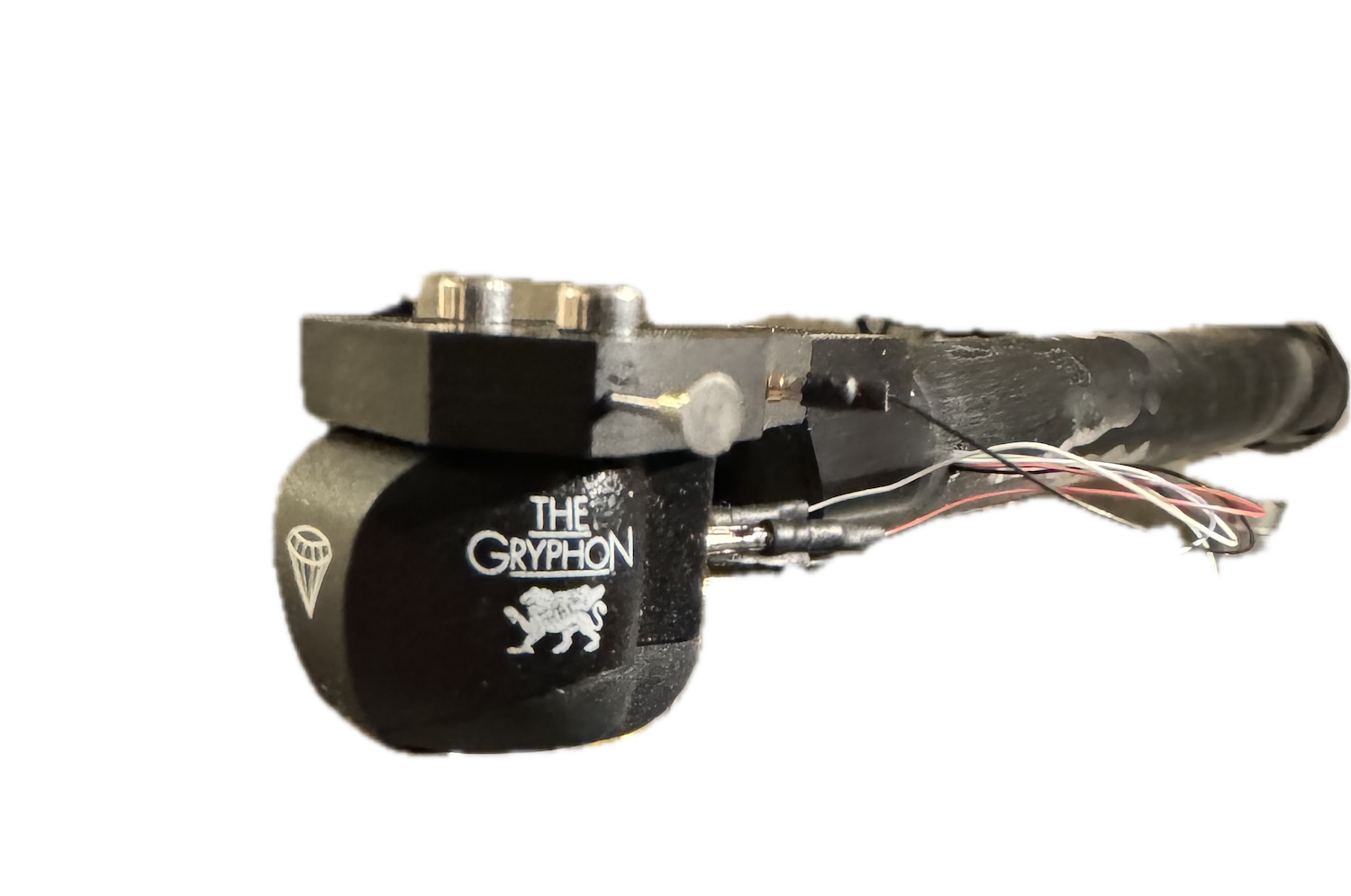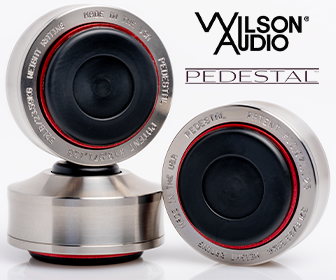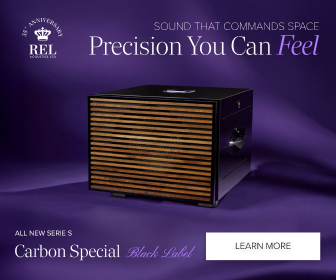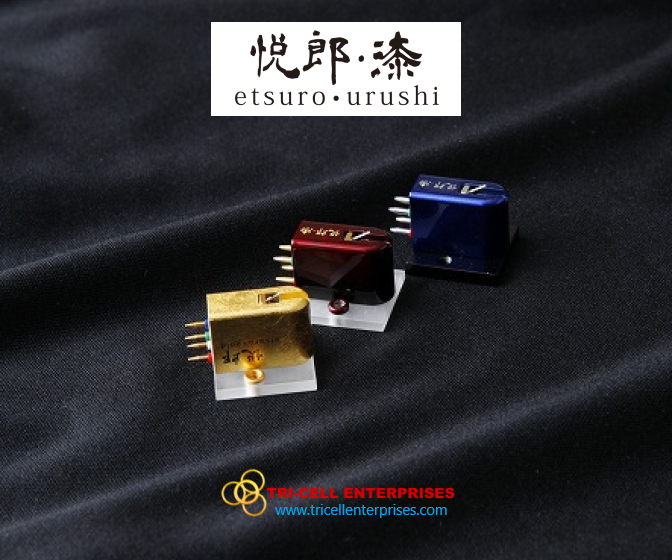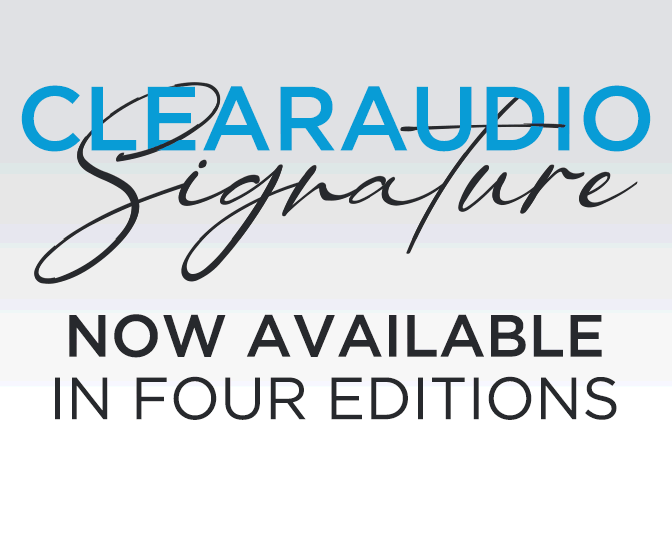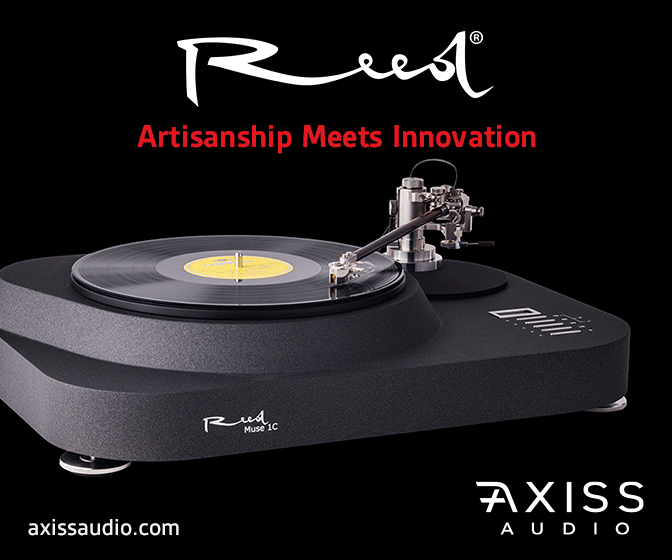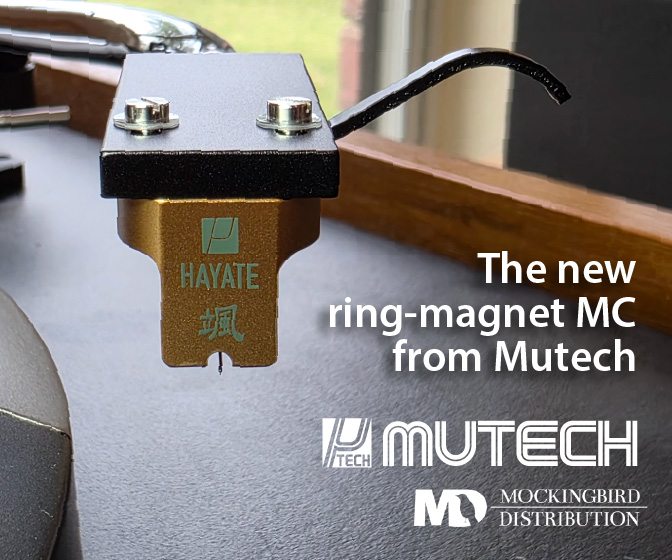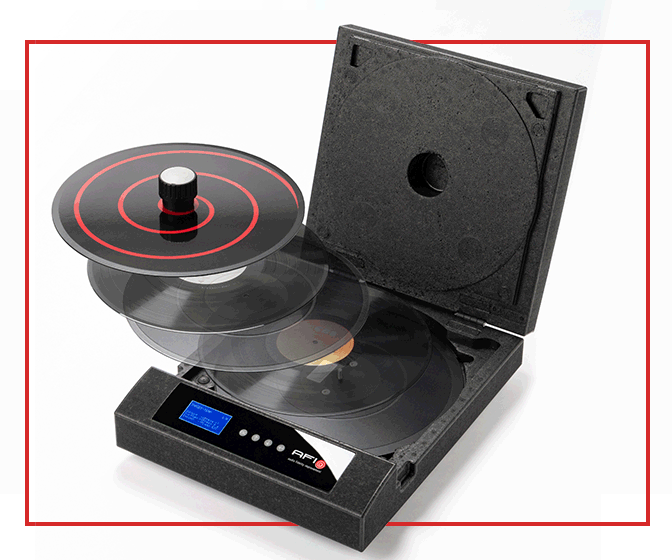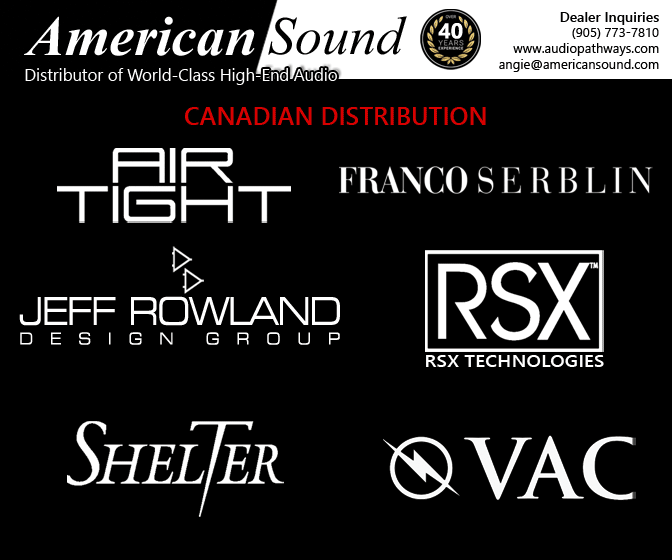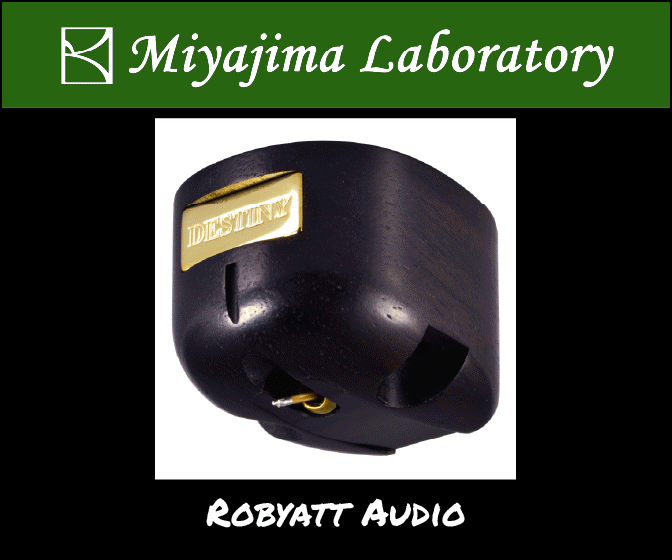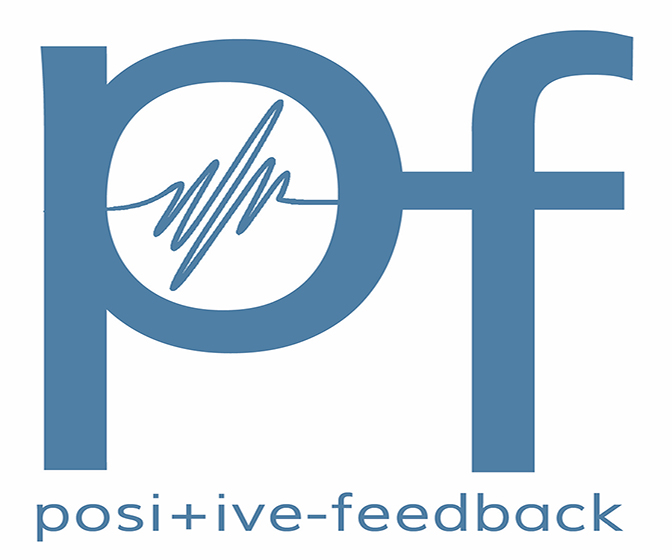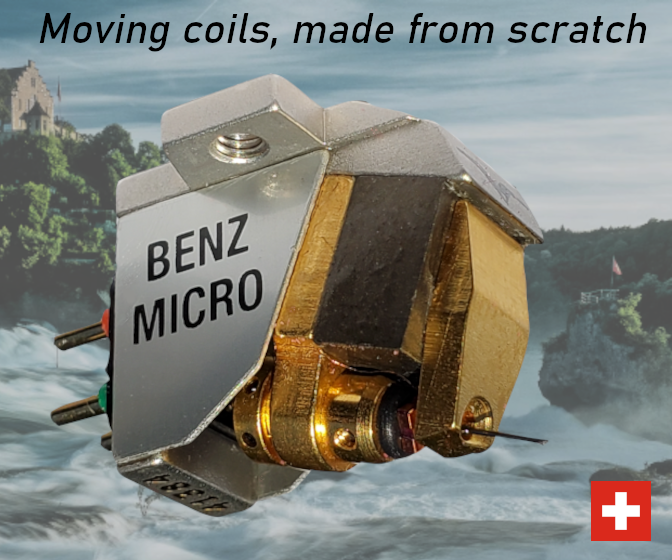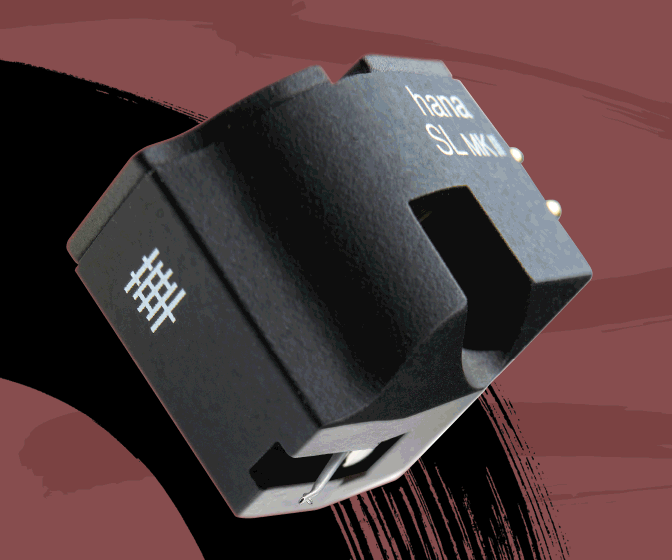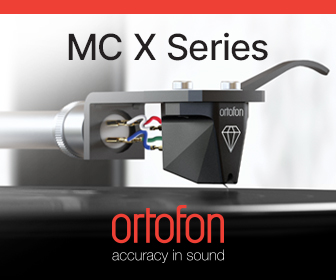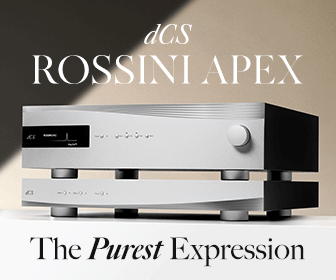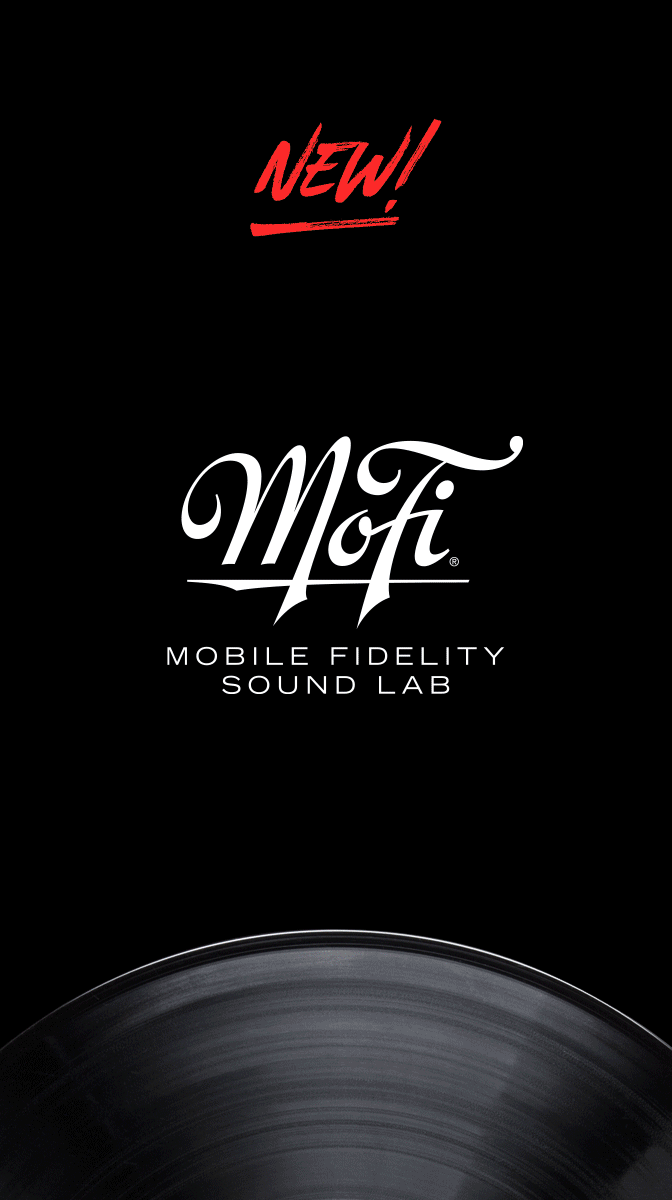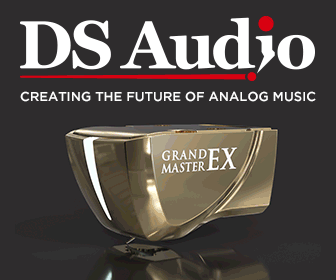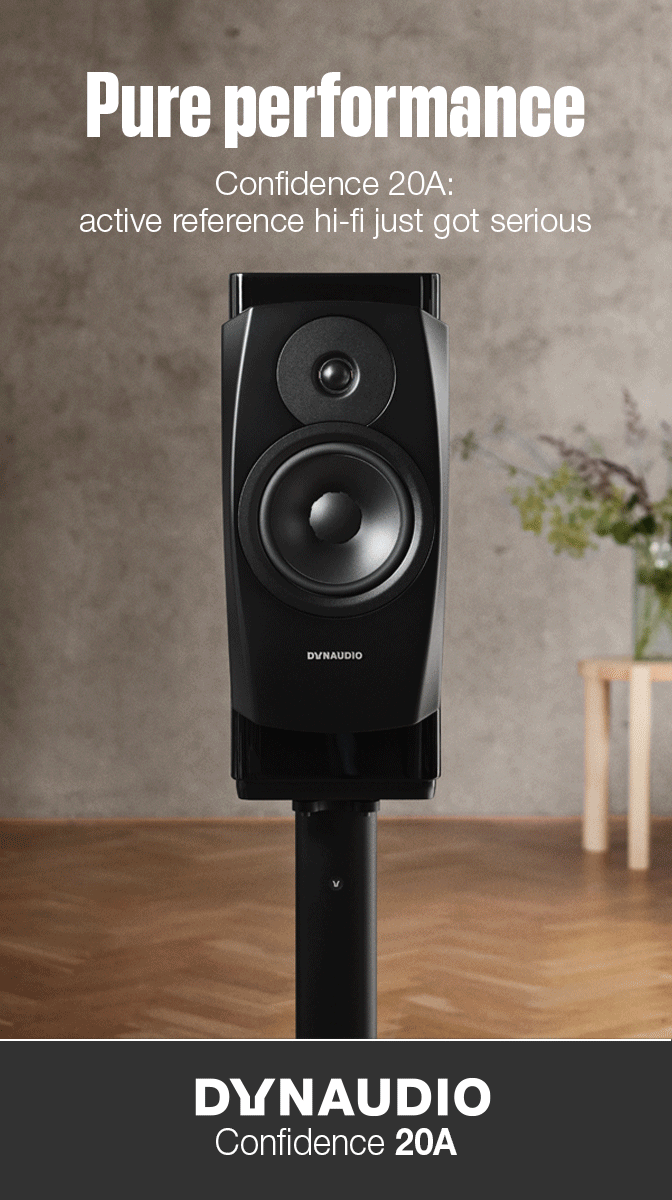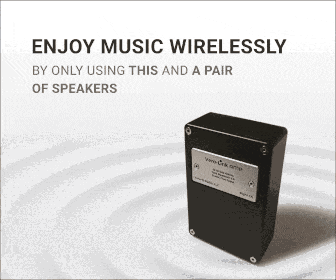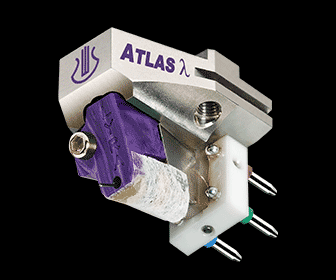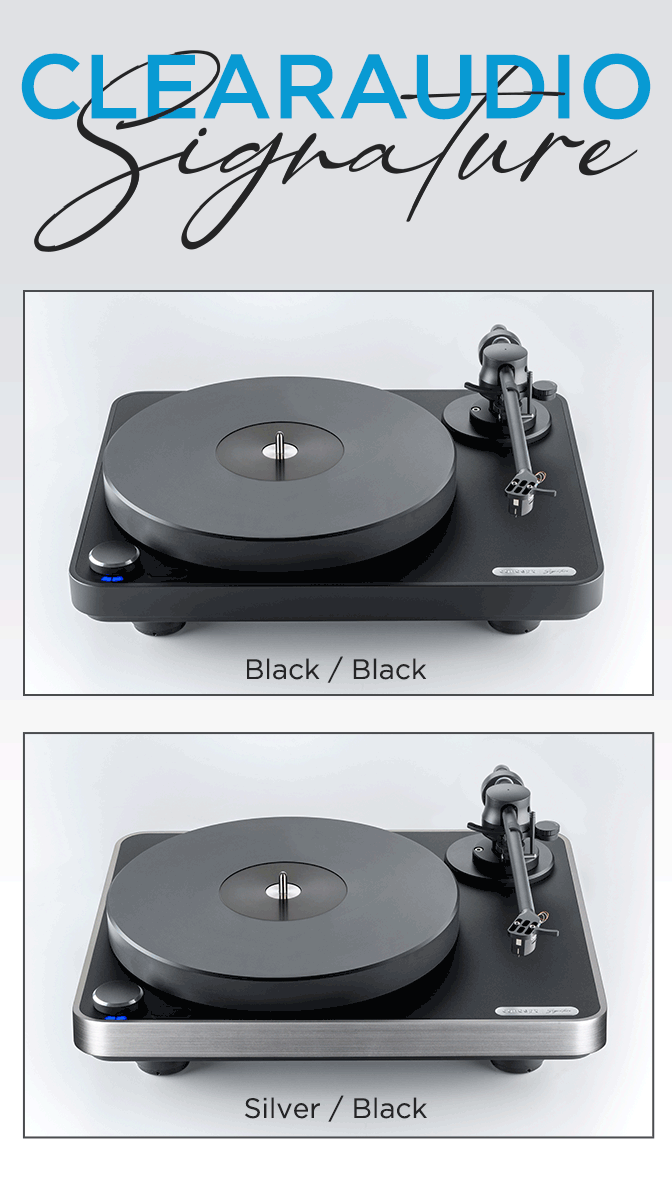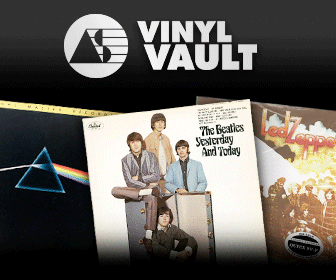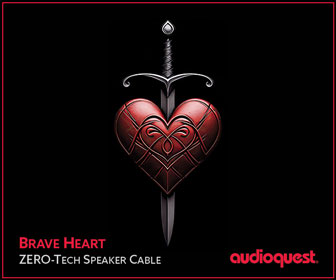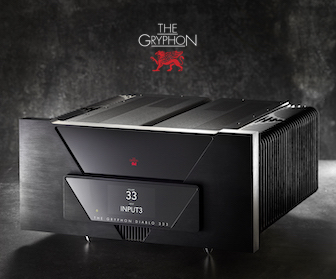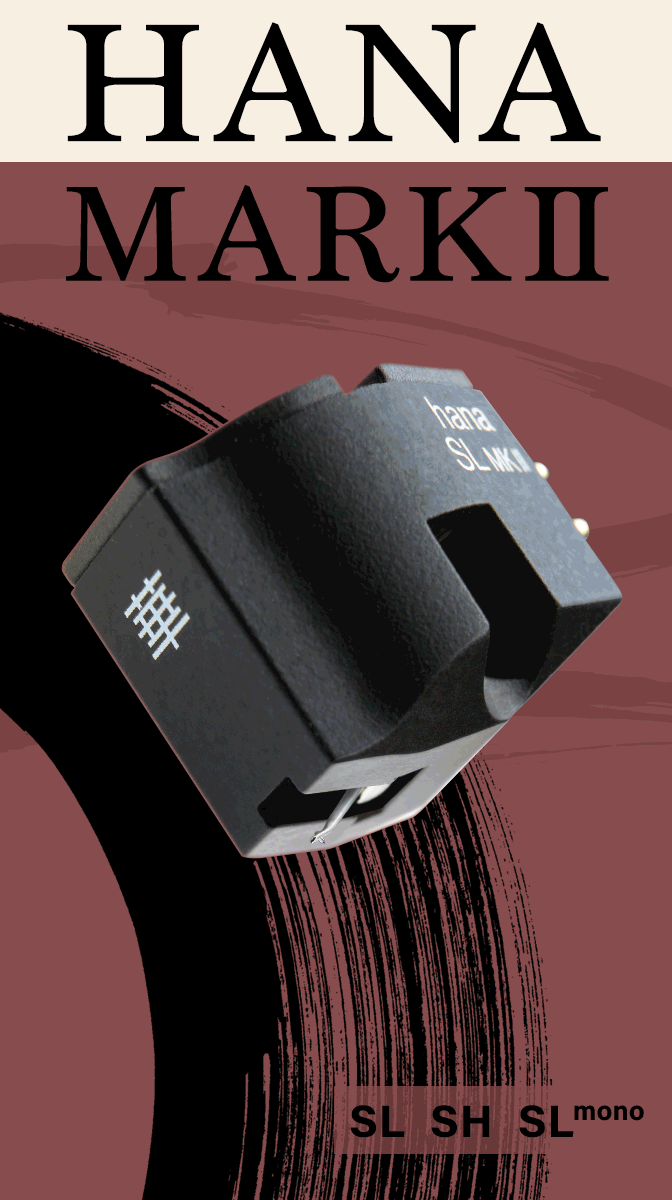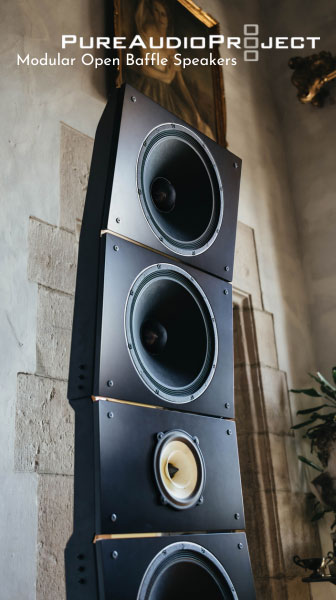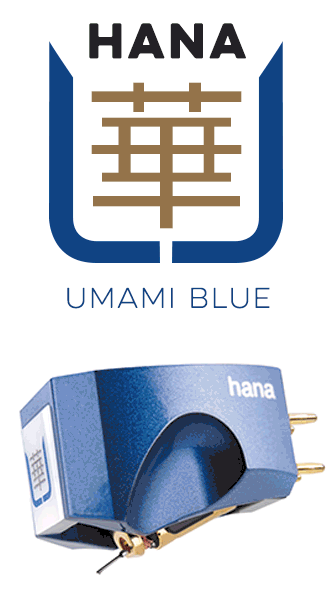Gryphon Audio's Costly Black Diamond DLC Cartridge Is More Than a Modified MC Diamond
Strikes the ideal balance between detail resolution and sonic grandeur
How about starting a cartridge review with comments from YouTubers who have listened to it? Well, sort of. Last December I posted a video of the $20,000 Black Diamond DLC mounted on the Ortofon AS-309R arm ($3469), which was mounted on the OMA K3 prototype direct drive turntable ($360,000) driving the $70,000 CH Precision P10 phono preamplifier.
Yes, it’s an outrageously costly “front end” chain with a $20,000 first link. Usually, these kinds of stunt videos attract the outraged who post comments like, “Instead, why don’t you use the money to feed half of sub-Sahara Africa” and the like. But not this time.
The sound, though digitized (at 96/24) and then fed through YouTube’s sonic meatgrinder—whatever it does for a 4K resolution upload—disarmed most listeners.
“WOW...!!!! what a turntable and cartridge....that sound must be beyond amazing in person!”
“After listening to the audio from this video through my hi-fi I thought it sounded incredible so I started streaming the same recording from Apple Music and couldn't believe how bad it sounded, flat and dull. I could hardly tell it was the same LP. I know we're hearing apex-level vinyl reproduction here but it clearly demonstrates just what's been lost in the name of progress.”
“3:29 those little "brrrup" attacks sound so fast it's crazy”.
“It sounds… expensive? Yes! But sounds awesome! Trumpets and drum hits are really great sounding! Also the hi-hats.”
“Best I've heard. I still remember being in a New York recording studio in around 1960 while they were mastering a big band tape. I was too young to identify the material, but I never forgot the sound. It was surreal - like this.”
And of course there’s always some of this:
“Rich j*w boy”
and of course:
“Harsh crackle sound, my $5 discman sounds better”.
Sure it does!
More Than a “Re-Branding Exercise”
Denmark-based Gryphon Audio began life in 1985 when founder Flemming Rasmussen, whose degree is in painting and graphic arts, hatched the Gryphon Head Amp. It became a sensation in Japan following its introduction at the 1986 Chicago Consumer Electronics Show. The company grew and thrived.
At last Spring’s High End Munich show Gryphon went analog-wild with a new Apollo turntable—a collaborative effort with Helmut Brinkmann—a massive new double chassis Siren phono preamplifier, and this cartridge, which begins life as an Ortofon MC Diamond.
A non-cartridge manufacturer developing an “in-house” cartridge is a rarity. Most companies that add cartridges to their product lineup (actually all as far as I can recollect), have cartridges manufactured for them—built or “tuned” to their spec using available parts—generator systems, stylus profiles, cantilever materials, etc.
The Black Diamond DLC is more of a “hands on” collaborative effort between Gryphon and Ortofon. Interestingly, Ortofon’s Chief Officer of Acoustics and Technology, Leif Johannsen chose to not involve himself in this project though he was responsible for the MC Diamond project. He didn’t offer reasons when I spoke with him about it but I’m thinking he probably felt others would be better able to approach the new design with fresher eyes (and ears).
At a time when you can buy a new Revox reel-to-reel tape deck for around $15,000 a cartridge costing $20,000 might seem somewhat outrageous, but the Black Diamond DLC isn’t the first or only cartridge priced at $20,000 and the market for these, though small, seems sustainable. Besides, your choice of vinyl records to play using a $20,000 cartridge is infinite compared to what’s legitimately available on tape, so you tell me which is a better investment.
What are the differences between the MC Diamond and the Black Diamond DLC? Both generating systems are housed in a SLM (Selective Laser Melt) Titanium body—a 3D printing technique using Titanium powder (Ortofon pioneered using SLM for cartridge bodies with the revolutionary MC A90, which used stainless steel). The shape would be impossible to machine. Both the material and the shape, as well as the ability to control material density as it’s being “3D printed” have resonance reducing and self-damping qualities “cut away” machining cannot prod.
Gryphon ups the rigidity with a DLC (“Diamond-Like Carbon) coating—a material that exists in seven forms, each of which has different properties but all of which are diamond hard. They can also be mixed to produce a variety of properties. Gryphon doesn’t specify the form of DLC it uses, nor do I think it critical here. But it does specify that the DLC coating “increases sound and resonance transmission speed from 9,000 m/s to 18,000 m/s”.
Gryphon says the black color also matches well esthetically with the Apollo turntable (the MC Diamond is also available in black but not DLC coated) and it claims the cartridge’s compliance has been fine-tuned to achieve an ideal match with the Apollo’s arm.
That may be so, and I can’t test that, but the difference is minor between the Gryphon and Ortofon: the lateral compliance is spec’d at 10 μm/mN. That of the MC Diamond is 11 μm/mN so, come on fellas (and gals)! I’ve had this cartridge in a variety or arms including as mentioned at the top, Ortofon’s own 12 inch AS-309R used in the video. The combination of $3500 arm and $20,000 cartridge was, well you can listen for yourself, though "live" is way better.
Other differences between the MC Diamond and the Black Diamond DLC include substituting Ortofon’s “Aucurum” gold-plated copper coil wire for the oxygen-free copper used in the MC Diamond. Gryphon claims it does this for “improved conductivity and performance”, though copper is slightly more conductive than is gold. Gold will more effectively than copper prevent oxidation, though I’m not sure that would affect performance. Interestingly, Ortofon uses Aucurum in Verismo and other MCs in the line so this is a listening-based choice
There’s a new six-layer coil configuration using 2 x 84 windings per channel, yet despite the many coil turns the cartridge’s impedance remains a low 8Ω (the MC Diamond’s is 6Ω). Like the MC Diamond, the Black Diamond DLC’s cantilver/stylus assembly consists of a diamond cantilever/Replicant100 stylus—said to be closest to a cutting stylus (stylus profile is r/R 5/100 μm).
Perhaps the biggest mechanical difference between the two cartridges is what Gryphon says are “upgraded front and rear rubber bearings made from a newly developed rubber compound for enhanced durability and performance”. Also, updated because of the new “rubber” (I prefer “elastomer”, which hasn’t “rubber”’s backseat-of-the-car connotation), the generator system’s mechanical tension has been updated to “ensure peak performance and reliability” (don’t want those rubbers to break! (sorry I can’t help myself).
Construction Perfection
I didn’t send this cartridge to WAM Engineering to have the zenith angle inspection that I believe every buyer of a costly cartridge should invest in to find out whether you bought a great sample or a lemon (WAM’s J.R. Boisclair recently showed me a cartridge with a 16 degree [from perpendicular] zenith angle error in a relatively costly cartridge!). One reason I didn't feel it necessary is that Ortofon’s cantilever/stylus build quality consistency is among, if not the best in the business.
With the arm parallel to the record surface, VTA was close to 23 degree spec, SRA was 93 degrees and head shell parallel to record produced spec’d channel separation (actually 1dB better) and balance. It was as good as it gets. I set tracking force to the specified 2.6 grams and using Ortofon’s test record found the cartridge perfectly tracked the 60µm peak but produced a slight buzz at 70µm. The cartridge met spec tracking at 2.7 grams. This is the measured performance you should expect and demand for a cartridge costing five figures or four.
Black Diamond DLC Delivers a Potent Sonic Message!
I own an MC Diamond and appreciate its precision and detail retrieval capabilities so comparing the two cartridges was relatively easy. They share some sonic “DNA”—especially in terms of macro-dynamic authority and micro-dynamic subtlety—both are clearly audible in the YouTube video featuring the Black Diamond DLC, but below the mids the two cartridges don’t sound alike.
The DLC —at least to my ears— has been tuned to be more supple and richly textured from the mids on down while retaining the MC Diamond’s transient clarity, speed and precision above. It’s a neat balancing act because it could have easily ended up sounding like a split personality cartridge, more like a loudspeaker with a big cone woofer and a super-fast planar or ribbon tweeter but it does not.
Instead, it’s adept at delivering all musical genres, though the balance produces some surprising results. Something moved me to play the first U.K. Clash album and the cartridge’s balance produced the appropriately hard edges to Mick Jones and Joe Strummer’s slashing guitar work and drummer Tory (Terry) Chimes’ snappy cymbal splashes but the cartridge’s tuning hit Joe Strummer’s voice in a way that placed it slightly back spatially in the mix but more clearly audible as a distinct vocal track as I’ve ever heard it, with lyrics also as decipherable and easy to understand as I’ve ever heard them. Was an interesting listen!
At the recent WFMU record fair a guy ran up to me and exclaimed “You’re probably the only person here who would appreciate this.” He handed me a Nimbus 45rpm “Supercut” of Shura Cherkassky performing a Chopin piano recital (Nimbus 45021). As with all the Nimbus records I’ve heard and owned, this one is a natural sonic spectacular: you are transported into the studio with the performer. Imaging is solid and the dynamic contrasts almost beyond what you might think a vinyl record capable of handling. Cherassky was not shy in his interpretation of Chopin’s familiar “Ballade no.1in G minor O.23”
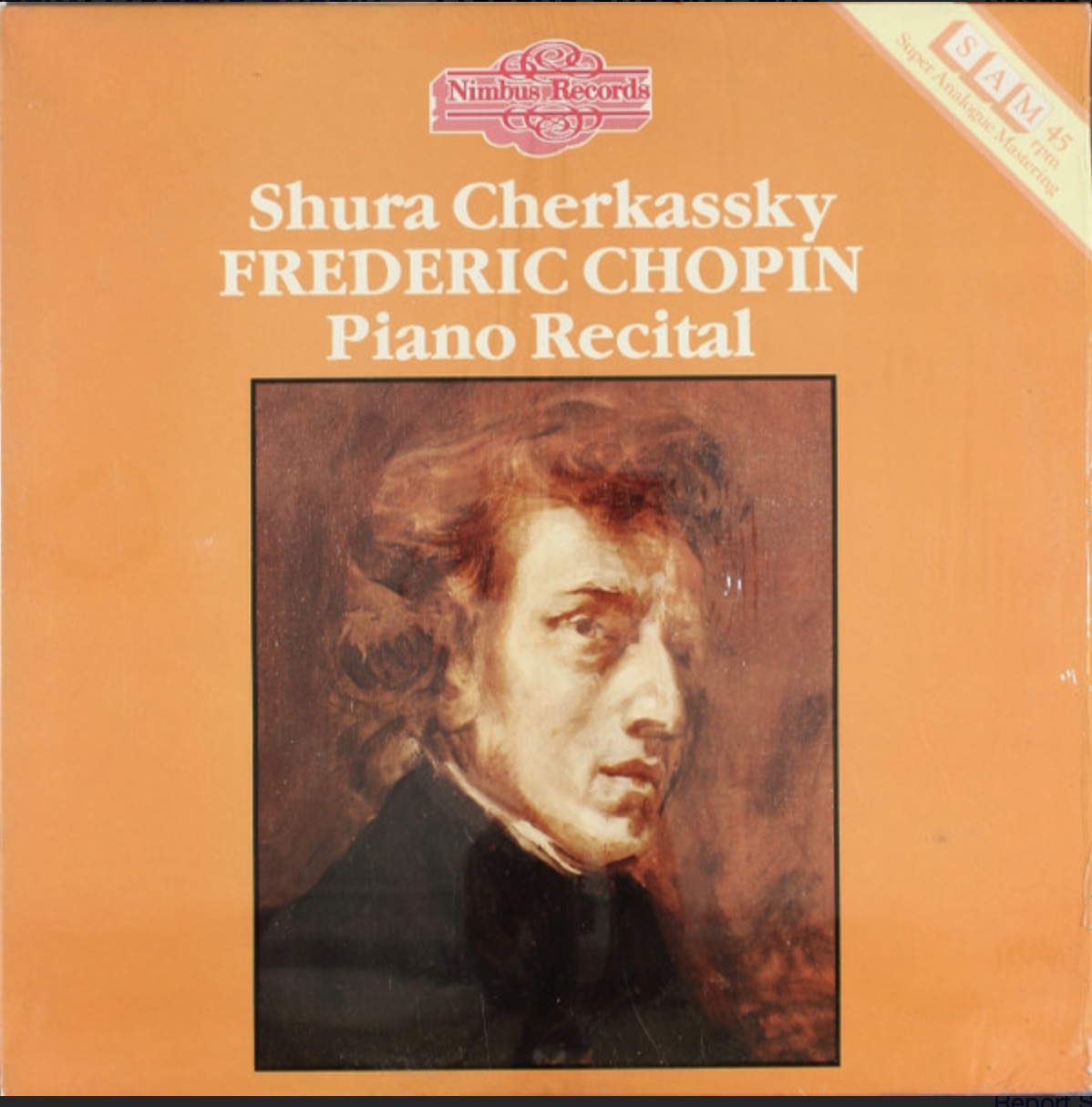
In addition to flawlessly tracking the record and delivering dynamic slam, the Black Diamond TLC’s timbral and textural presentation was masterful, the attack, sustain and decay convincing. The sensation of a live presentation was easily established because rather than the cartridge exerting a personality on the recording (“warm”, “analytical/cool” etc.) the upper keys were recognizably bright but not etched and with a believable harmonic and attack structure. Notes at the top have fast attack and almost non-existent sustain and decay but the “ping” is recognizable. The Black Diamond DLC got all correct—neither analytical and edgy nor soft and lingering. Yet at the other end of the keyboard where there is warmth, longer sustain and decay, the cartridge got that right too. No wonder Black Diamond DLC consistently reproduced pianos that sounded like pianos!
The Mahler 6th Von Karajan Mark Ward recently raved about arrived (thank you DGG) and sonically it’s everything Mark said it was. Through the Black Diamond the stage was wide, deep, transparent. Instruments had rich textures and exciting physicality.
Strings were sonorous and sweet when appropriate, woodwinds delicately drawn and the brass burnished yet with plenty or growl avoiding both the “velvety” sound soft cartridges produce and the harsh edgy sound, bright “analytical” ones offer.
Here’s an experiment: I recorded some of the 4th movement using a binaural microphone and myself as the dummy head (I heard that!) and here’s what I hear in my listening position. Remember: this is a recording of a recording not a recording of a live performance and you must listen through headphones. Level is relatively low but I think it captures both the cartridge’s exceptional timbral balance and its spatial excellence. You’ll also kind of hear what I hear sitting in my chair.
I hope some of this cartridge’s greatness comes through in this experiment. If it does, I’ll do more of these. I plan on doing same at hifi shows.
I could continue citing great performances produced by this cartridges, from how precisely it did “Death of a Clown” on an original U.K. Pye mono pressing of Something Else by The Kinks—how eerily real the female background singer (Ray’s wife) sounded placed way back on the stage, or how Nicky Hopkins’ fingerpicks on the piano strings sounded so precise and distinct, or how Randy Newman sounded so “Randy Newmanish” on his 1971 album Randy Newman Live recorded at The Bitter End—as if the microphone picked up the contours of his mouth— that I’ve been playing since then and how his voice, piano and even the audience were presented with almost alarming “you are there” three-dimensionality—I could go on! But I’ll stop.
Conclusion
People are complaining on the site and especially on YouTube about a $399 UberLight so I’m expecting the incoming under a $20,000 cartridge review to be even more brutal. Please understand: no one is forcing you or anyone to buy such a costly transducer but there are people who can afford it and if you’re one of them, this cartridge is certainly worthy of your consideration. It excelled at reproducing every musical genre I put on the platter. It's not "best for classical", or "tuned for jazz" or "most appropriate for rock." Instead, it was spectacular reproducing all of them.
The best way to sum it up especially if you are familiar with the MC Diamond and Lyra’s original Atlas cartridge is to write that Gryphon has “Lambda”-fied the MC Diamond. They’ve taken a great cartridge that for some—and it’s both system and taste dependent—found to be somewhat “clinical” and they’ve managed to add suppleness and richness without at all losing the original’s detail resolution and transient excellence.
You could say the cartridge combines the MC Diamond’s precision and detail with Ortofon’s more forgiving sounding Windfeld Ti. I used to compare “relaxed fit” cartridges like the Ti to Dockers but those pants left the haberdashery building years ago so many readers probably are unfamiliar.
Gryphon promotes the Black Diamond DLC as having been designed especially for the tonearm on its new Apollo turntable, but I’ve had it mounted on the Ortofon and SAT arms and it also worked extremely well on those.
Whoever did the work on this cartridge was clearly a gifted listener. If you get a chance to hear the Black Diamond DLC I’m pretty sure you’ll agree—whether or not you can afford one.
Specifications
Technical Details:
Frequency range: 20 Hz - 50 KHz +/- 2 db.
Output voltage at 1 kHz, 5cm/sec: 0.26 mV
Channel balance at 1 kHz: 0.5 dB
Channel separation at 1 kHz: 26 dB
Tracking ability at 315Hz: 70 μm
Dynamic lateral compliance: 10 μm/mN
Stylus type: Replicant 100
Cantilever type: Diamond
Stylus tip radius: r/R 5/100 μm
Tracking force range: 2.4 - 2.8 g
Tracking force, recommended 2.6 g
Tracking angle: 23°
Internal impedance, DC resistance: 8 Ω
Coil wire material: Aucurum
Recommended load resistance: > 10 Ω (On the Gryphon Siren Phono Preamplifier 80 Ω is very often the preferred load).
Cartridge colour: Black
Cartridge weight: 18 g
Cartridge body material: DLC-TR Coated SLM Titanium (DLC-TR: 5 μm)
Above specifications are typical values and subject to changes without prior notice


